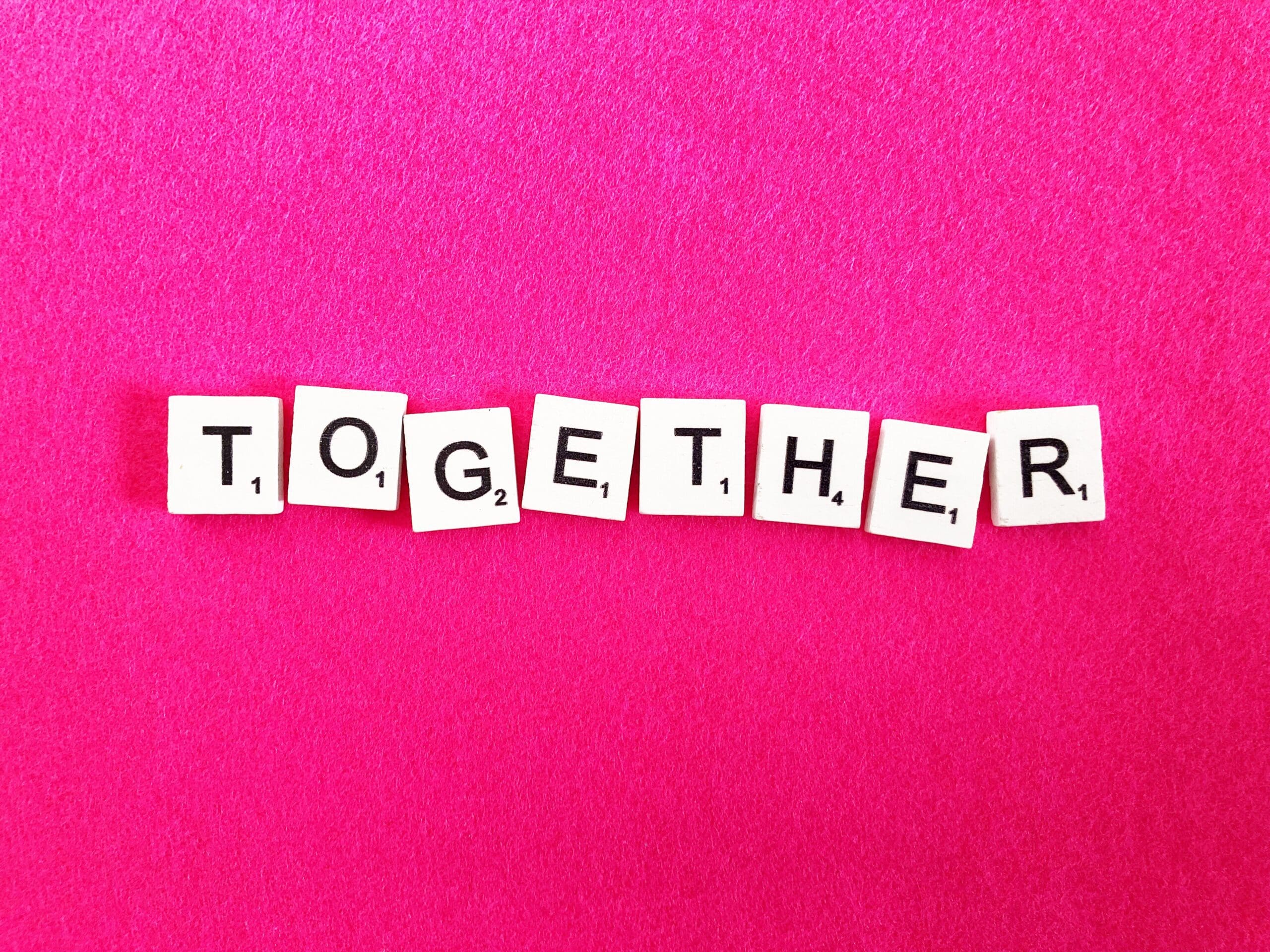By: Rachel Sandler.
See original post here.
Sitting on a wooden bench in a remote village in Rwanda, a 47-year-old woman named Esther, a mother of three, explains how she’ll spend more than 850,000 Rwandan francs. It’s a life-changing sum—roughly $850, equivalent to more than a year’s wages—in the form of a grant paid out over two months from New York-based nonprofit GiveDirectly.
“She is going to buy a farm,” a translator tells a small group of donors and journalists on a video call in early June to showcase GiveDirectly’s operations in the East African country. With it, Esther intends to grow enough food for herself and her family. Like the vast majority of the roughly 100 people in her village, she survives on subsistence farming. A GiveDirectly worker hands Esther a packet with instructions on how to receive her payments by mobile phone.
GiveDirectly, which was founded in 2009, aims to enroll every household in Esther’s village into its direct cash-transfer program, showering people who typically live on less than $2 per day with more money than they’ve likely ever seen before. The cash grants are most often doled out in two monthly installments.
This once-foreign concept of giving very poor people money with no strings attached instead of providing them with services that they might not want or need, has found favor in the past two years with a cadre of new-money billionaire philanthropists in the tech and crypto community. Among GiveDirectly’s wealthy patrons: philanthropist MacKenzie Scott (the ex-wife of Amazon founder Jeff Bezos), who has donated $125 million to GiveDirectly since 2020; 30-year-old crypto billionaire Sam Bankman-Fried; Tesla CEO Elon Musk (the world’s richest person) and former Twitter CEO Jack Dorsey, also a billionaire. Largely as a result of this generosity, donations to GiveDirectly jumped from $42 million in 2019 to $303 million in 2020, a more than 600% increase. That made GiveDirectly, by its reckoning, the fastest-growing nonprofit in the world in 2020, with an operating budget that grew nearly fivefold in a year.
The crux of GiveDirectly’s philosophy: Giving poor people cash empowers them to address their own specific needs while keeping their dignity intact. With other types of aid, “everybody gets the same thing,” GiveDirectly president and cofounder Michael Faye told Forbes. “And the reality is people are not the same. I just got back from Malawi and you go to a village—one family decided to feed their newborn kids, another family has decided to put a roof over their heads. Their needs are really different.
”The nonprofit operates in seven African countries—Kenya, Uganda, Rwanda, Liberia, Malawi, Democratic Republic of Congo and Morocco—all with large populations living in extreme poverty.
Since many rural villagers don’t have cellphones, GiveDirectly provides them with very simple mobile phones that typically cost $14, which is deducted from their cash grant. In total, GiveDirectly says it has given out more than $550 million in cash to more than 1.25 million families living in poverty since 2009.
GiveDirectly also runs smaller direct cash programs outside Africa. In Yemen, where civil war has contributed to a catastrophic humanitarian crisis and dire levels of hunger, GiveDirectly is raising money to start a cash transfer program for at least 4,200 families starting in August. In Kenya, the nonprofit is experimenting with Universal Basic Income (UBI), providing monthly transfers to recipients over five years. In the U.S., GiveDirectly started operations in 2017 for Texans affected by Hurricane Harvey. Now, it’s running a UBI program in Georgia ($850 monthly for 650 women over two years) and was selected earlier this year to administer Chicago’s basic income pilot, which is funded via a federal grant. It started giving out $500 monthly payments to 5,000 low-income Chicagoans last month.
Unconditional cash transfer programs went from a relatively unknown policy intervention to reality during the pandemic. More than 200 governments around the world implemented cash programs in response to the pandemic, including the U.S., which Faye says legitimized cash in a way that wasn’t seen before. In April 2020, when GiveDirectly launched Project 100+, its Covid-19 stimulus program funded by private donations, the money started rolling in. By the time the initiative ended in October 2021, GiveDirectly had distributed $200 million, doling out $1,000 payments to nearly 200,000 families in the U.S. Another $142 million went to cash transfers targeting people who lost income due to Covid-19 in Kenya, Malawi, Liberia and Rwanda.
“I think Covid basically forced us all to ask, what would you want? What [does] the person that you’re going to help want? And a lot of people came to the conclusion that they would like to make their own choices. They wanted money,” Faye says.
A growing number of billionaires have the same idea. Since 2020, Scott has donated $125 million to the aid group over multiple gifts, her fourth-largest donation yet to a single organization. It makes sense that Scott would donate her money to GiveDirectly; she also makes no-strings-attached donations herself. Facebook cofounder Dustin Moskovitz, a self-described effective altruist worth an estimated $10.5 billion, has given $58 million to GiveDirectly since 2012 through his foundation, Good Ventures. The founders of graphic design startup Canva, Melanie Perkins and Cliff Obrecht, are giving $10 million to GiveDirectly to launch a pilot project for cash transfers in Malawi, the largest GiveDirectly program in the country to date. The aim is to give more than 12,000 people $50 per month for 12 months, and expand the program after that.
GIVE DIRECTLY’S BIGGEST BILLIONAIRE DONORS
Especially during the first year of the pandemic, billionaires like MacKenzie Scott and Twitter cofounder Jack Dorsey made donations in the millions of dollars—or in Scott’s case, $125 million—to GiveDirectly, which expanded its programs to make cash grants to poor people in the U.S.

At the height of the crypto boom in February 2021, Musk sent GiveDirectly $10,000 worth of Dogecoin. In typical Musk fashion, he announced the donation in a casual Twitter reply. “Just sent some,” Musk responded to Ethereum founder Vitalik Buterin, who also tweeted that he donated to GiveDirectly. A month later, Dorsey sold an NFT of his first-ever tweet and donated 100% of the proceeds, worth $2.8 million, to GiveDirectly. That was in addition to a $10 million donation to GiveDirectly’s Project 100+ a year earlier. Neither Musk nor Dorsey responded to requests for comment from Forbes about their donations to GiveDirectly.
Crypto king Bankman-Fried, founder of exchange FTX, donated $500,000 through the FTX Foundation. GiveDirectly falls squarely into Bankman-Fried’s approach to giving away his fortune as an effective altruist, a philosophy where adherents use data and reasoning to try and maximize the benefits of philanthropy.
“It is one of the most efficient ways to make people’s lives better,” Bankman-Fried says of GiveDirectly in an email.
Faye founded GiveDirectly with his friends and fellow economists Paul Niehaus, Rohit Wanchoo and Jeremy Shapiro in 2009. Faye and Wanchoo were both research analysts at the United Nations in 2002. After that, Faye went on to study economics in graduate school at Harvard University, where he met Niehaus and Shapiro, both also getting their Ph.D.s in economics.After reading studies about the effectiveness of cash transfers, the friends wanted to find a charity that would allow anyone to give their money directly to the poor. They couldn’t find one, so they decided to start their own. The advent of mobile money—the ability to send people money on their phones—made the idea feasible. “What didn’t exist out there was an end-to-end channel for a donor to transfer money to someone living in extreme poverty. And we had looked for it initially,” Faye says.
GiveDirectly didn’t invent cash transfers. The governments of Mexico and Brazil experimented with them in the 1990s, though these programs were different in that recipients were only given the money if they sent their children to school and health clinics. Governments in Latin America, Asia and Africa still replicate this model, with many still keeping some sort of condition in place. GiveDirectly wasn’t the first humanitarian aid group to implement no-strings-attached cash, either. Degan Ali, executive director of Adeso, a Nairobi-based NGO, started an unconditional cash transfer program in Somalia in 2003. She first suggested unconditional cash because the UN’s World Food Program (WFP) was handing out food that didn’t align with the local culture. “The food that WFP was giving to these people was being given to livestock [by the recipients],” she says. “They weren’t eating it because [the WFP was] giving them grains. They were giving them maize. And they don’t eat that. They eat rice and pasta.”
Ali adds that Western humanitarian aid has an ugly and racist history of bulldozing local needs in favor of solutions that don’t actually work. Eventually, she says, she’d like to see citizens thrive on their own instead of depending on foreign organizations like GiveDirectly. “At some point you need to transition from unconditional transfers and figure out how to get people long-term employment,” she says.
GiveDirectly has a lot of appeal for effective altruists. For donors prioritizing efficiency like Bankman-Fried, GiveDirectly is transparent about the proportion of each dollar that goes directly to recipients — 94% across all its programs. Cash programs bypass government bureaucracy and the cost of administering unconditional direct cash programs is typically lower than other kinds of aid programs. GiveDirectly also has lower overhead costs than other international development charities like Save the Children and World Vision. Cash just costs less to administer. The American dollar also goes further in Africa; $850 is barely enough to pay monthly rent in the U.S., but in Rwanda, it’s enough for villagers like Esther to buy a farm.
Another reason? The totality of studies on direct cash transfers that show it’s a positive thing. And there have been a lot of studies. GiveDirectly lists more than 300 in a searchable database on its website.
“The straw man that has certainly been knocked down is this idea that the poor are kind of irresponsible, and that if they’re given money, it’s going to be wasted or drunk away, and that you need paternalistic policies to generate welfare benefits,” says Craig McIntosh, an economics professor at the University of California, San Diego who studies the impact of cash transfer programs.
A peer-reviewed study coauthored by McIntosh and published this month in the Journal of Development Economics found that GiveDirectly’s unconditional cash transfers were more effective than a USAID workplace training program for unemployed Rwandan youth. Other peer-reviewed studies have shown that cash transfers improve well-being and economic outcomes.
Studies in the U.S. have shown more mixed results. Researchers at the University of Michigan published twopapers earlier this year that found GiveDirectly’s pandemic cash transfer program had little or no impact on low-income recipients. Another paper published in June by researchers at Harvard found that cash transfers of both $500 and $2,000 had no impact on recipients 15 weeks later. The researchers even surmised that getting some, but not enough, money to address their needs actually made people feel worse because it made their problems more apparent. Tyler Hall, GiveDirectly’s director of communications, says the results mean researchers “have to study about how to best design U.S. programs to have the most impact.”
“The sum of the research we’ve seen to date on cash transfers in the U.S. setting still suggests there are significant positive impacts for people in poverty. A few recent null or negative results from the U.S. does not mean cash aid is ineffective here,” he adds.
But there hasn’t been a lot of research about the long-term impacts of unconditional cash transfers on impoverished areas. There are several studies documenting lasting results three to five years after the transfer, but not much beyond that. “It’s clear that the effects dissipate over time, but how totally they dissipate, that’s something there’s still some argument about,” McIntosh says. “I think it’s clear that there are very few circumstances in which one-time cash transfers in and of themselves really allow people to escape from poverty.”
Faye acknowledges that unconditional cash payments aren’t a panacea for the world’s poor, and that GiveDirectly doesn’t directly solve structural issues that contribute to global poverty, a common criticism of cash transfers.
“Cash transfers should not be the only thing that someone does,” Faye says. “Cash transfers would not have discovered a Covid vaccine. Cash transfers do not build roads or protect borders and whatever else you want to do at a public government level. So we need to recognize the limitations of cash.” Still, Faye has grand ambitions for GiveDirectly. “The amount of money that would be required to end extreme poverty is small, and I think we should build the pipes to do it, and then I think we should go do it.”





















